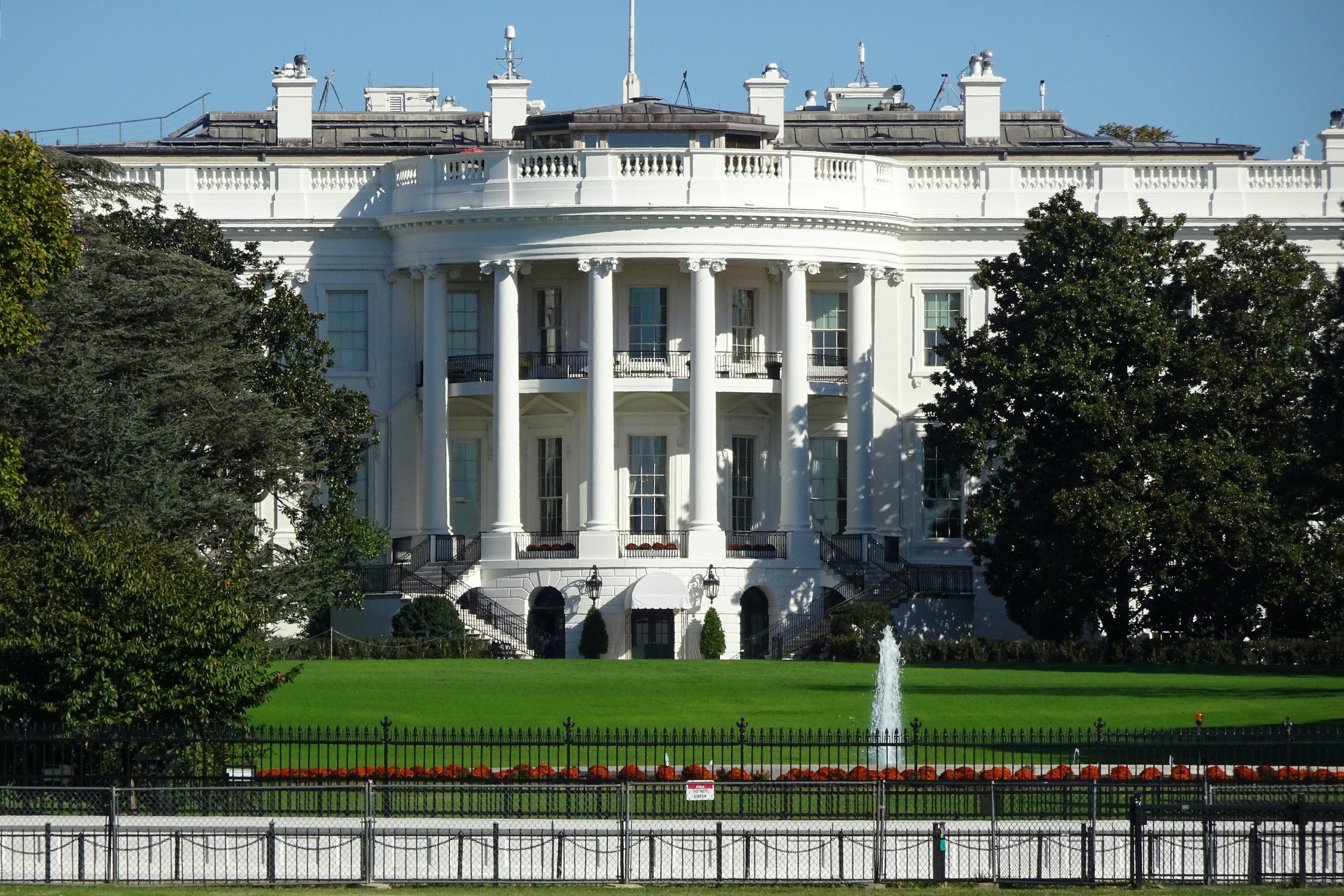Secure 2.0 Act has been signed into law at the end of 2022, which aims to deliver dozens of new retirement-related provisions. The Act also addresses issues related to retirement and savings that were not part of the original Secure Act, creating new flexibility and accessibility to help individuals and business owners plan for a more secure future.
From RMDs to student loan debt – this new law Congress has passed will most likely impact you somehow. Here are the key takeaways:
For Individuals in Or Near Retirement
RMD age will rise to 73 in 2023. By far, one of the most critical changes was increasing the age at which owners of retirement accounts must begin taking required minimum distributions (RMDs). And starting in 2033, RMDs may begin at age 75. If you have already turned 72, you must continue taking distributions. But if you are turning 72 this year and have already scheduled your withdrawal, we may want to revisit your approach.1
Emergency funds. Plan participants can use retirement funds in an emergency without penalty or fees. For example, starting in 2024, an employee can get up to $1,000 from a retirement account for personal or family emergencies. Other emergency provisions exist for terminal illnesses and survivors of domestic abuse.2
Reduced penalty. Also, starting in 2023, if you miss an RMD for some reason, the penalty tax drops to 25% from 50%. If you fix the mistake promptly, the penalty may drop to 10%.3
Catch-Up Contributions. Starting January 1, 2025, investors aged 60 through 63 can make catch-up contributions of up to $10,000 annually to workplace retirement plans. The catch-up amount for people aged 50 and older in 2023 is $7,500. However, the law applies specific stipulations to individuals earning more than $145,000 annually.4
SIMPLE and SEP. From 2023 onward, employers can make Roth contributions to Savings Incentive Match Plans for Employees or Simplified Employee Pensions.8
Roth 401(k)s and Roth 403(b)s. The new legislation aligns the rules for Roth 401(k)s and Roth 403(b)s with Roth Individual Retirement Account (IRA) rules. From 2024, the legislation no longer requires minimum distributions from Roth Accounts in employer retirement plans.9
Qualified Charitable Donations (QCD). From 2023 onward, QCD donations will adjust for inflation. The limit applies on an individual basis, so for a married couple, each person who is 70½ years old and older can make a QCD as long as it remains under the limit.11 Read more about the basics of QCDS.
For Individuals Years Away from Retirement
Automatic Enrollment. Beginning in 2025, the Act requires employers to enroll employees into workplace plans automatically. However, employees can choose to opt-out.5
Student Loan Matching. In 2024, companies can match employee student loan payments with retirement contributions. The rule change offers workers an extra incentive to save for retirement while paying off student loans.6
529 Plans. Starting in 2024, pending certain conditions, individuals can roll a 529 education savings plan into a Roth IRA. So, if your child gets a scholarship, goes to a less expensive school, or doesn’t go to school, the money can get repositioned into a retirement account. However, rollovers are subject to the annual Roth IRA contribution limit. Roth IRA distributions must meet a five-year holding requirement and occur after age 59½ to qualify for the tax-free and penalty-free withdrawal of earnings.7
More Highlights
Support for Small Businesses. In 2023, the new law will increase the credit to help with the administrative costs of setting up a retirement plan. The credit increases to 100% from 50% for businesses with less than 50 employees. By boosting the credit, lawmakers hope to remove one of the most significant barriers for small businesses offering a workplace plan.10
As a result of the Secure 2.0 Act, rules around retirement savings and retirement plan distributions will change over the course of the next few years. Remember that just because retirement rules have changed does not mean adjusting your current strategy is appropriate. Each of your retirement assets plays a specific role in your overall financial strategy, so changing one may require changing another. The important thing to know is that our team at Wymer Brownlee is monitoring these updates, and we’re available to answer your questions.
1.Fidelity.com, December 23, 2022 2. CNBC.com, December 22, 2022 3. Fidelity.com, December 22, 2022 4. Fidelity.com, December 22, 2022 5. Paychex.com, December 30, 2022 6. PlanSponsor.com, December 27, 2022 7. CNBC.com, December 23, 2022 8. Forbes.com, January 5, 2023 9. Forbes.com, January 5, 2023 10. Paychex.com, December 30, 2022 11. FidelityCharitable.org, December 29, 2022
Category: Financial Service Team, Tax and Accounting Team




